Discover the beautiful world of birth month flowers! Learn about the special blooms associated with each month and their meanings. Perfect for gift ideas or personal interest.
Have you ever wondered if there’s a special flower for your birthday month? Good news – there is! Every month has its ownbirth month flowers. These flowers have special meanings and stories behind them. Let’s explore these beautiful blooms together.
What are Birth Month Flowers?
Birth month flowers are special flowers linked to each month of the year. They’re like birthstones, but for flowers. People often give these flowers as gifts for birthdays or use them to decorate during their birth month. The University of Illinois Extension provides more information on the history of this tradition.
The Flowers for Each Month
1. January Birth Flower – Carnation
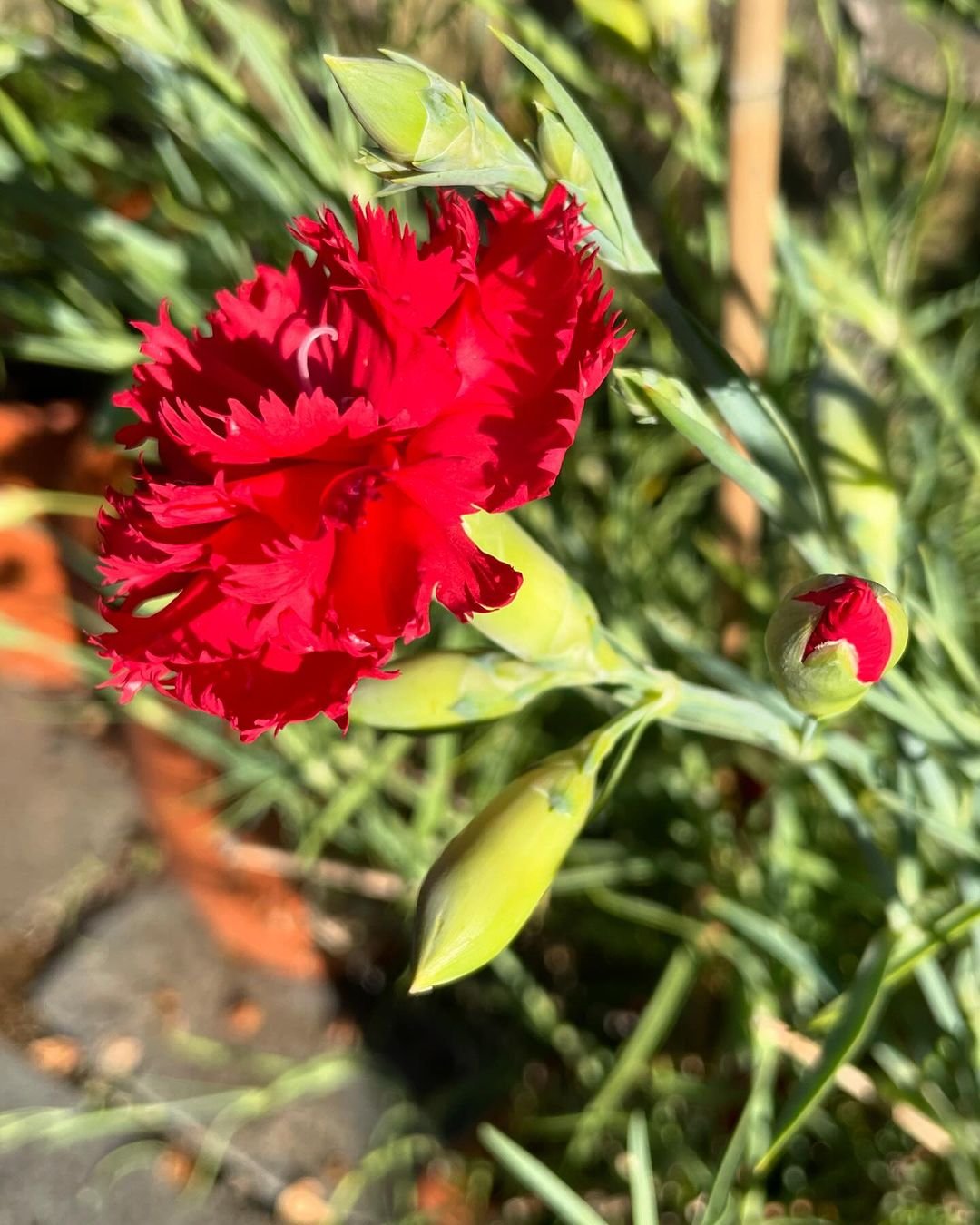
Here’s a detailed chart for Carnation flowers:
| Category | Details |
|---|---|
| Botanical Name | Dianthus caryophyllus |
| Common Name | Carnation |
| Plant Zone | 5-9 |
| Sun Exposure | Full sun to partial shade |
| Soil Type | Well-drained, fertile soil |
| Watering | Moderate; keep soil consistently moist but avoid waterlogging |
| Growth Habit | Herbaceous perennial (often grown as an annual in colder climates) |
| Height/Spread | 1-2 feet tall / 1-2 feet wide |
| Special Features | Fragrant flowers, long-lasting blooms, popular as cut flowers, attracts butterflies |
Carnations come in many colors. They stand for love and fascination. These flowers are tough and can last a long time in a vase.
2. February Birth Flower – Violet
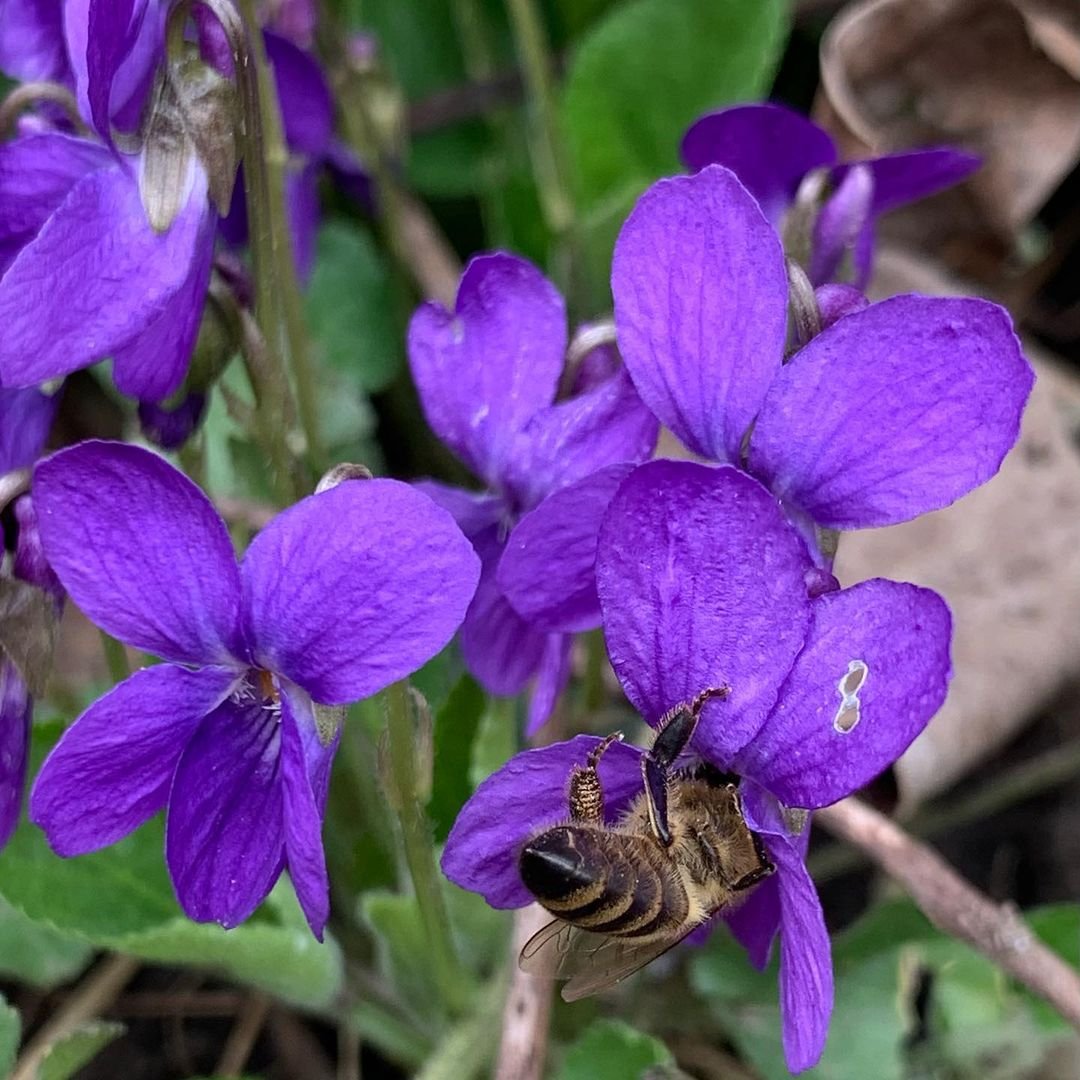
Here’s a detailed chart for Violet flowers:
| Category | Details |
|---|---|
| Botanical Name | Viola spp. (various species) |
| Common Name | Violet |
| Plant Zone | 4-9 (varies by species) |
| Sun Exposure | Partial shade to full shade |
| Soil Type | Moist, well-drained, rich soil |
| Watering | Moderate; keep soil consistently moist |
| Growth Habit | Herbaceous perennial or annual |
| Height/Spread | 4-12 inches tall / 6-18 inches wide |
| Special Features | Delicate, fragrant flowers, often self-seeding, attracts butterflies and bees |
Violets are small but mighty. They mean faithfulness and modesty. You’ll often see them in purple, but they come in other colors too.
3. March Birth Flower – Daffodil

Here’s a detailed chart for Daffodil flowers:
| Category | Details |
|---|---|
| Botanical Name | Narcissus spp. |
| Common Name | Daffodil |
| Plant Zone | 3-9 |
| Sun Exposure | Full sun to partial shade |
| Soil Type | Well-drained, moderately fertile soil |
| Watering | Moderate; keep soil moist during growth but allow to dry out after blooming |
| Growth Habit | Bulbous perennial |
| Height/Spread | 6-30 inches tall / 6-12 inches wide (varies by variety) |
| Special Features | Deer and rodent resistant, early spring blooms, variety of colors and forms, naturalizes well |
Daffodils are bright yellow flowers that pop up in early spring. They represent new beginnings and joy. Learn more about growing daffodils from the U.S. Forest Service.
4. April Birth Flower – Daisy

Here’s a detailed chart for Daisy flowers:
| Category | Details |
|---|---|
| Botanical Name | Bellis perennis (Common Daisy), Leucanthemum vulgare (Oxeye Daisy) |
| Common Name | Daisy |
| Plant Zone | 4-8 (Common Daisy), 3-9 (Oxeye Daisy) |
| Sun Exposure | Full sun to partial shade |
| Soil Type | Well-drained, moderately fertile soil |
| Watering | Moderate; keep soil moist but not waterlogged |
| Growth Habit | Herbaceous perennial |
| Height/Spread | 6-12 inches tall / 6-12 inches wide (Common Daisy), 1-3 feet tall / 1-2 feet wide (Oxeye Daisy) |
| Special Features | Long-lasting blooms, attracts pollinators, easy to grow, good for borders and meadows |
Daisies are simple yet beautiful. They stand for innocence and purity. You’ve probably seen their white petals with yellow centers in fields.
5. May Birth Flower – Lily of the Valley
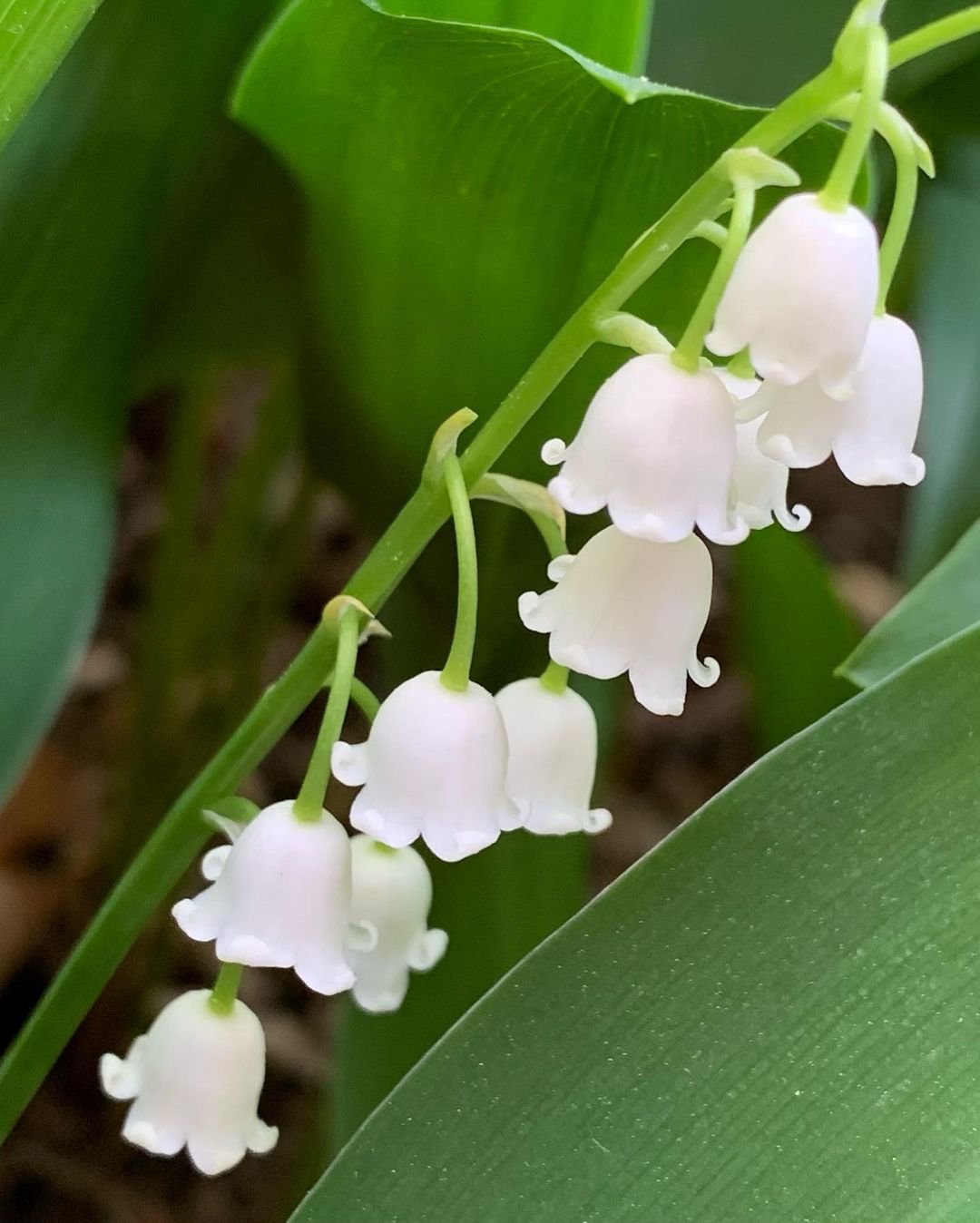
Here’s a detailed chart for Lily of the Valley flowers:
| Category | Details |
|---|---|
| Botanical Name | Convallaria majalis |
| Common Name | Lily of the Valley |
| Plant Zone | 3-8 |
| Sun Exposure | Partial shade to full shade |
| Soil Type | Moist, well-drained, rich soil |
| Watering | Moderate; keep soil consistently moist |
| Growth Habit | Herbaceous perennial |
| Height/Spread | 6-12 inches tall / 6-12 inches wide |
| Special Features | Fragrant bell-shaped white flowers, ground cover, spreads by rhizomes, attractive foliage |
These small, white, bell-shaped flowers smell amazing. They mean sweetness and the return of happiness.
6. June Birth Flower – Rose

Here’s a detailed chart for Rose flowers:
| Category | Details |
|---|---|
| Botanical Name | Rosa spp. |
| Common Name | Rose |
| Plant Zone | 3-11 (varies by species and cultivar) |
| Sun Exposure | Full sun |
| Soil Type | Well-drained, fertile soil |
| Watering | Moderate; keep soil consistently moist but not waterlogged |
| Growth Habit | Deciduous shrub, climber, or ground cover |
| Height/Spread | Varies greatly by species and cultivar; from 1-20 feet tall and wide |
| Special Features | Fragrant blooms, wide variety of colors and forms, attracts pollinators, used for cut flowers and landscapes |
Roses are famous for a reason. They come in many colors and stand for love and passion. Each color has its own meaning too.
7. July Birth Flower – Larkspur

Here’s a detailed chart for Larkspur flowers:
| Category | Details |
|---|---|
| Botanical Name | Delphinium spp. |
| Common Name | Larkspur |
| Plant Zone | 3-7 (varies by species) |
| Sun Exposure | Full sun |
| Soil Type | Well-drained, fertile soil |
| Watering | Moderate; keep soil consistently moist but not waterlogged |
| Growth Habit | Herbaceous perennial |
| Height/Spread | 1-6 feet tall / 1-2 feet wide (varies by species and cultivar) |
| Special Features | Tall, showy flower spikes, attractive to pollinators, available in a range of colors |
Larkspurs are tall flowers with many small blooms. They represent positivity and an open heart.
8. August Birth Flower – Gladiolus

Here’s a detailed chart for Gladiolus flowers:
| Category | Details |
|---|---|
| Botanical Name | Gladiolus spp. |
| Common Name | Gladiolus, Sword Lily |
| Plant Zone | 7-10 (can be grown as annuals in colder zones) |
| Sun Exposure | Full sun |
| Soil Type | Well-drained, sandy or loamy soil |
| Watering | Moderate; keep soil consistently moist but not waterlogged |
| Growth Habit | Herbaceous perennial (often grown as annuals in colder climates) |
| Height/Spread | 2-5 feet tall / 0.5-1 foot wide |
| Special Features | Tall, showy flower spikes, wide range of colors, popular as cut flowers |
Gladiolus flowers are tall and colorful. They stand for strength of character and remembrance.
9. September Birth Flower – Aster
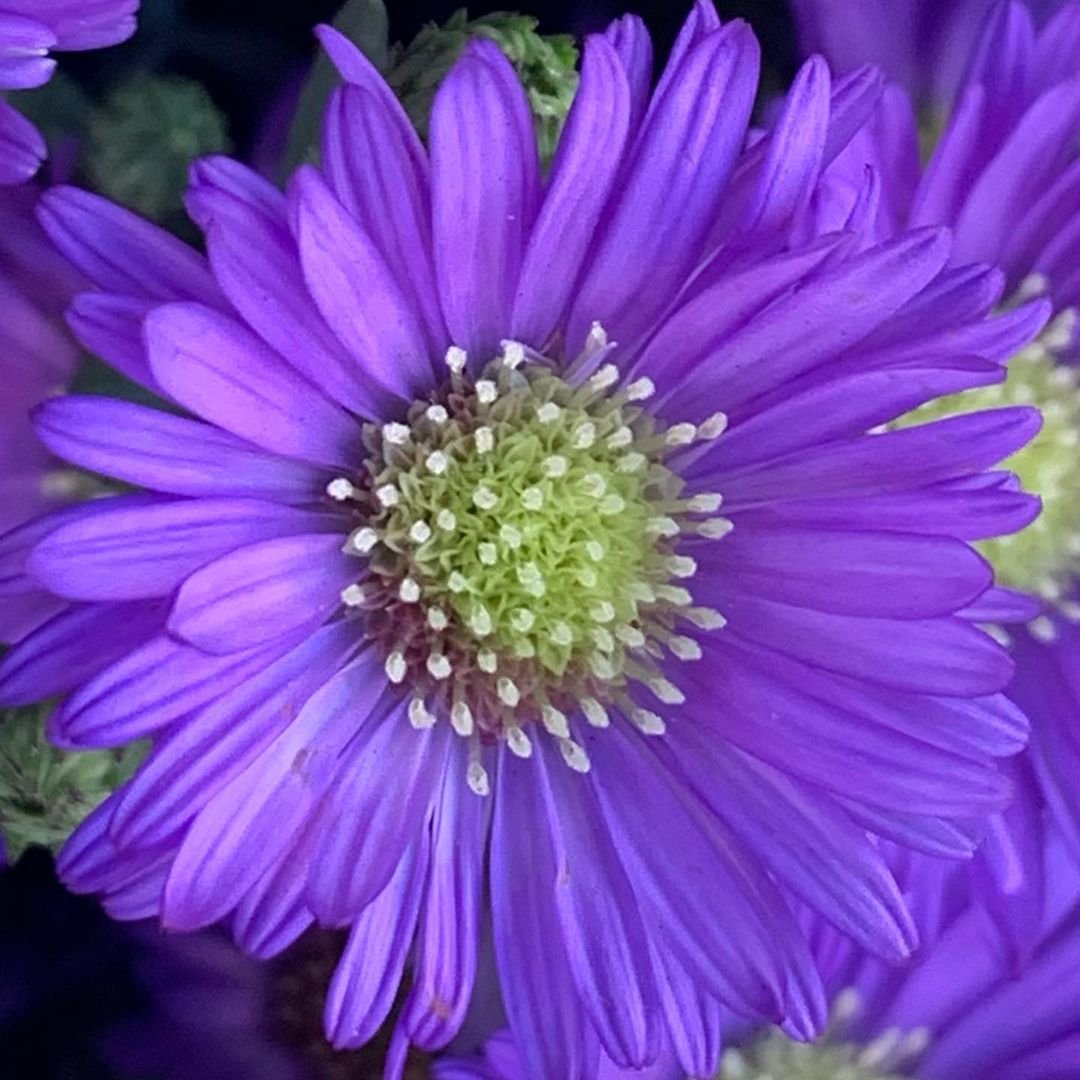
Here’s a detailed chart for Aster flowers:
| Category | Details |
|---|---|
| Botanical Name | Aster spp. (includes Symphyotrichum spp.) |
| Common Name | Aster |
| Plant Zone | 4-8 (varies by species) |
| Sun Exposure | Full sun to partial shade |
| Soil Type | Well-drained, loamy soil |
| Watering | Moderate; keep soil consistently moist but not waterlogged |
| Growth Habit | Herbaceous perennial |
| Height/Spread | 1-6 feet tall / 1-3 feet wide (varies by species and cultivar) |
| Special Features | Late-season blooms, attracts pollinators, wide range of colors, good for borders and naturalistic plantings |
Asters look like colorful daisies. They mean patience and love. The U.S. Forest Service offers insights into native aster species.
10. October Birth Flower – Marigold
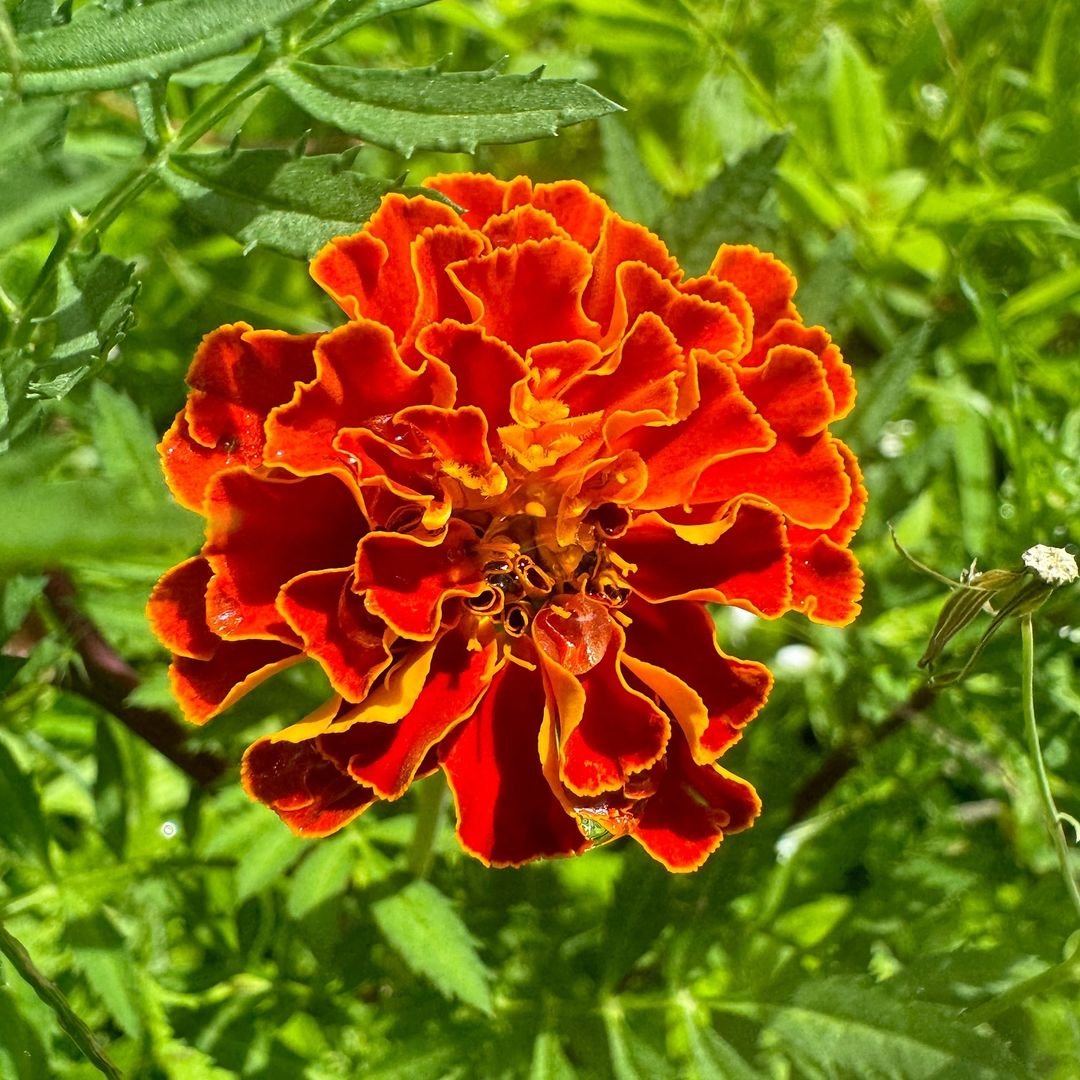
Here’s a detailed chart for Marigold flowers:
| Category | Details |
|---|---|
| Botanical Name | Tagetes spp. |
| Common Name | Marigold |
| Plant Zone | 2-11 (grown as annuals in most zones) |
| Sun Exposure | Full sun |
| Soil Type | Well-drained, moderately fertile soil |
| Watering | Moderate; keep soil evenly moist but not waterlogged |
| Growth Habit | Herbaceous annual |
| Height/Spread | 6 inches to 3 feet tall / 6 inches to 2 feet wide (varies by species and cultivar) |
| Special Features | Long blooming season, pest repellent properties, easy to grow, wide range of colors, attracts pollinators |
Marigolds are bright orange or yellow. They stand for creativity and passion.
11. November Birth Flower – Chrysanthemum
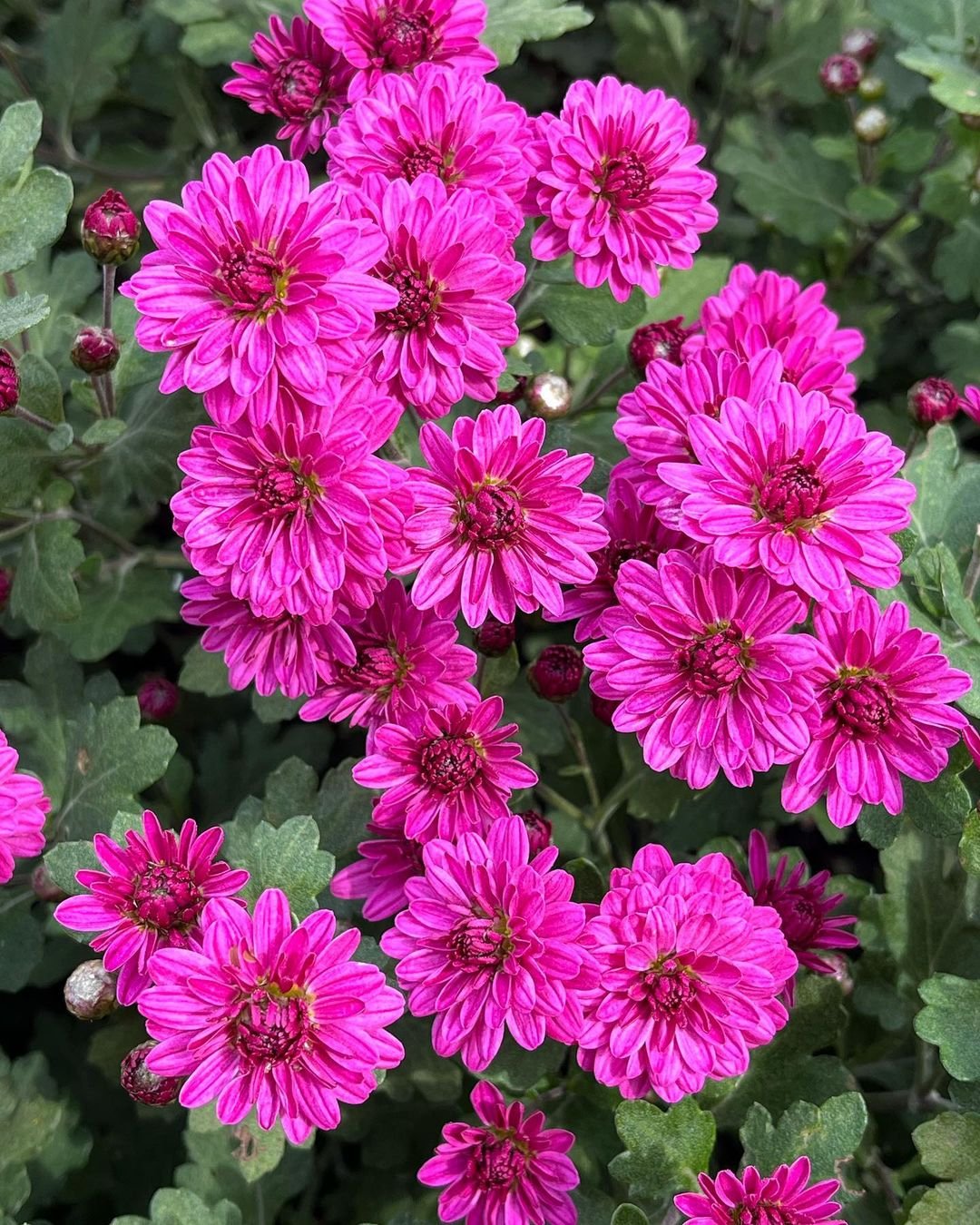
Here’s a detailed chart for Chrysanthemum flowers:
| Category | Details |
|---|---|
| Botanical Name | Chrysanthemum spp. |
| Common Name | Chrysanthemum |
| Plant Zone | 5-9 |
| Sun Exposure | Full sun to partial shade |
| Soil Type | Well-drained, rich soil |
| Watering | Moderate; keep soil evenly moist but not waterlogged |
| Growth Habit | Herbaceous perennial |
| Height/Spread | 1-4 feet tall / 1-3 feet wide (varies by species and cultivar) |
| Special Features | Long-lasting blooms, wide range of colors and forms, popular for fall gardens and containers |
Often called “mums,” these flowers come in many shapes and colors. They represent joy and long life.
12. December Birth Flower – Holly
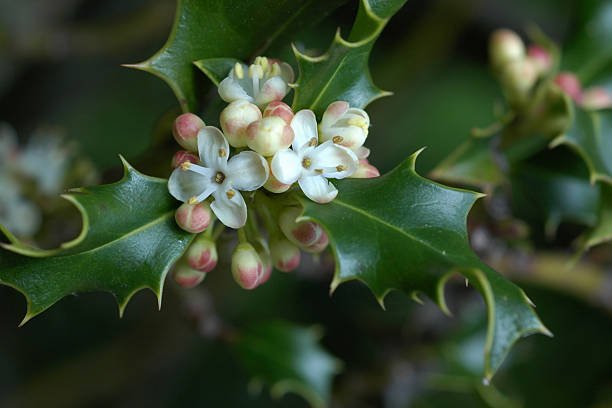
Narcissus flowers, like paperwhites, mean hope and wealth. They’re a cheerful sight in winter.
Why Birth Month Flowers Matter
Knowing about birth month flowers can help you:
- Choose meaningful gifts
- Decorate for special events
- Learn more about flower meanings
- Connect with nature
How to Use Birth Month Flowers
There are many ways to enjoy your birth month flower:
- Plant them in your garden
- Buy a bouquet for yourself or a friend
- Use them in artwork or crafts
- Learn more about their care and growing needs
The National Garden Bureau offers yearly plant selections that often include birth month flowers.
Interesting Facts
- The tradition of birth month flowers goes back to ancient Rome.
- Some months have more than one birth flower.
- Birth flowers can change depending on the country or culture.
- Many birth month flowers have medicinal uses according to USDA research.
Birth month flowers add a special touch to each month of the year. Whether you’re buying a gift or just curious, knowing these flowers can deepen your connection to nature and the changing seasons. What’s your birth month flower? How does it match your personality?
Remember, flowers are nature’s way of smiling. Enjoy your birth month flower and the beauty it brings to your special month!
For more gardening tips and plant care guides, visit usagardenhub.com.






